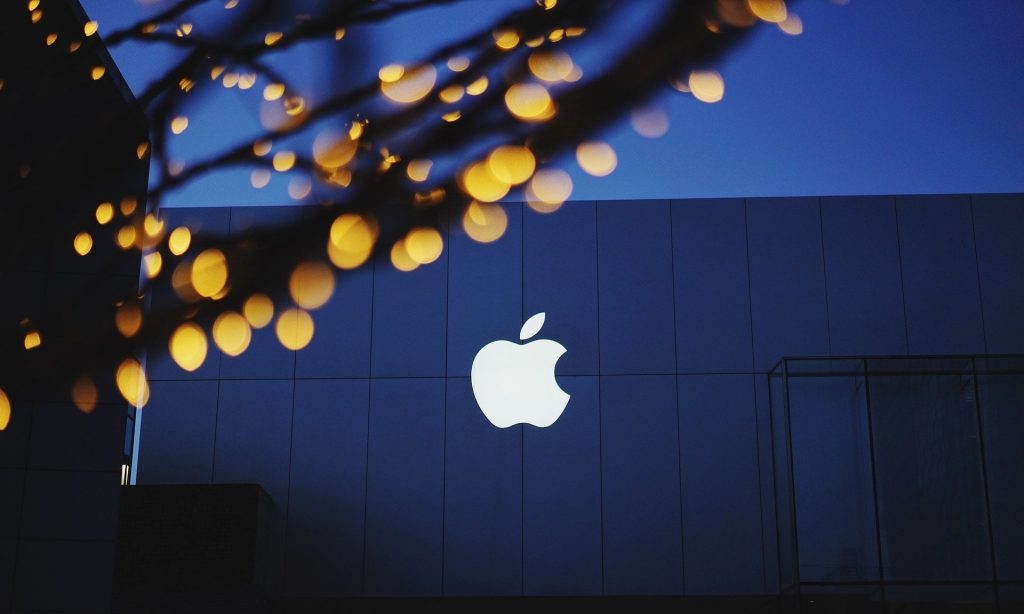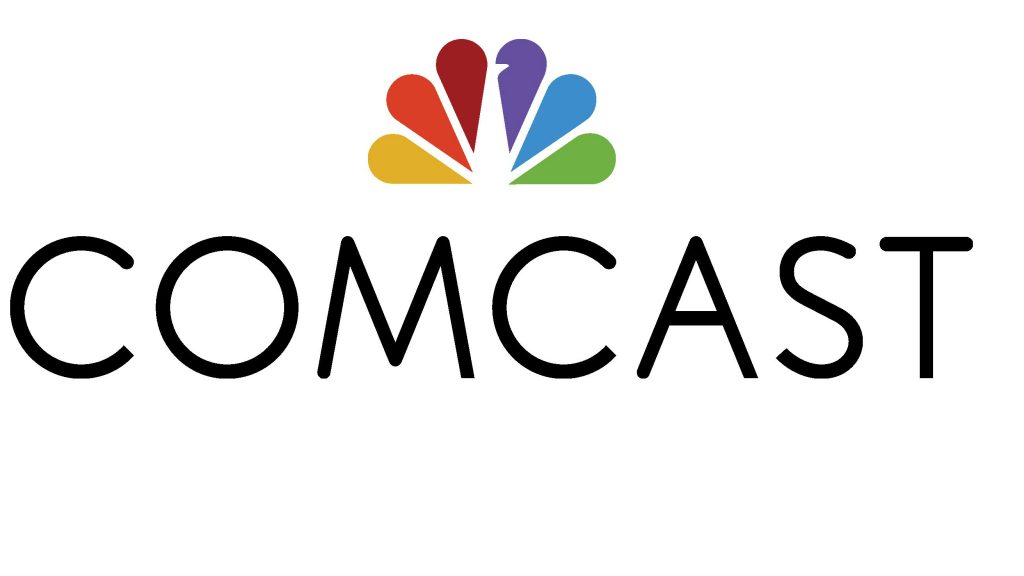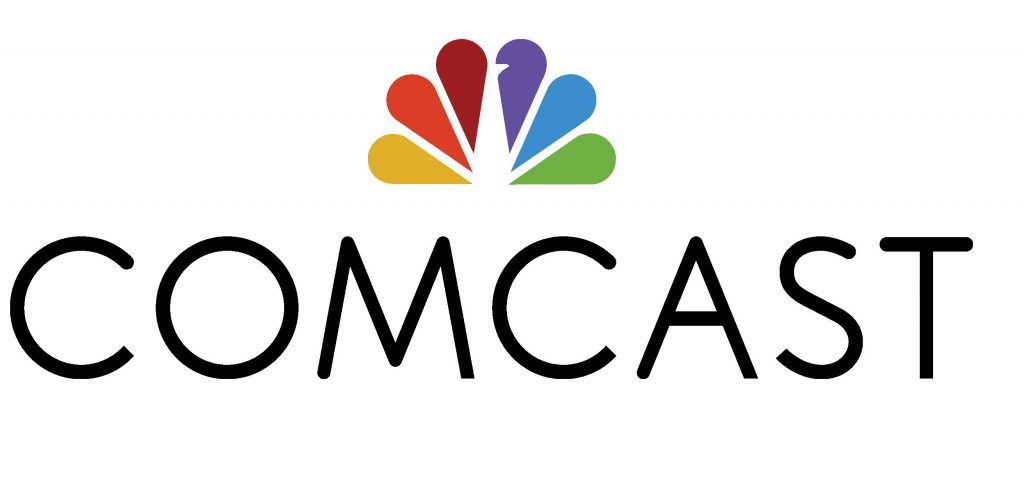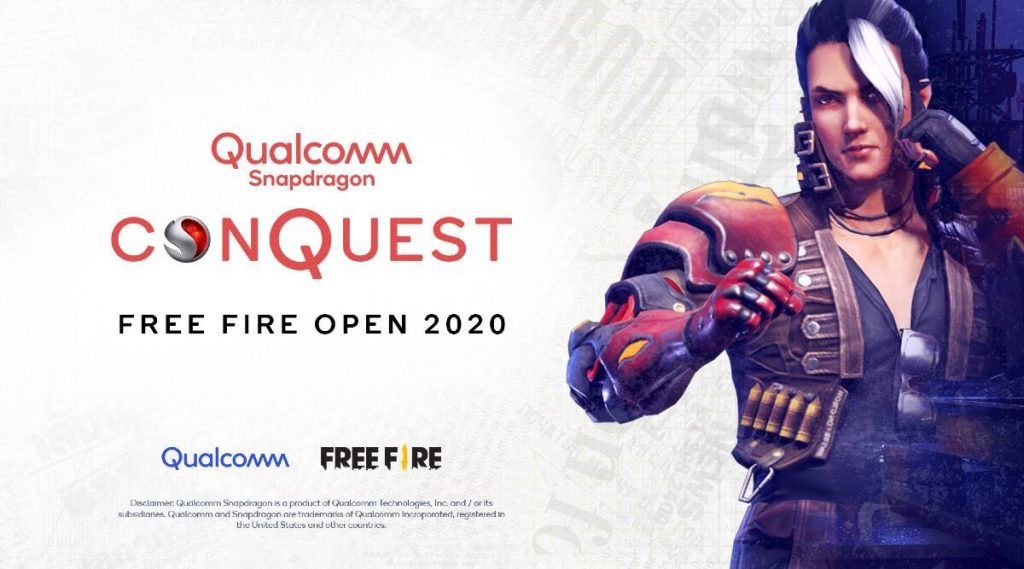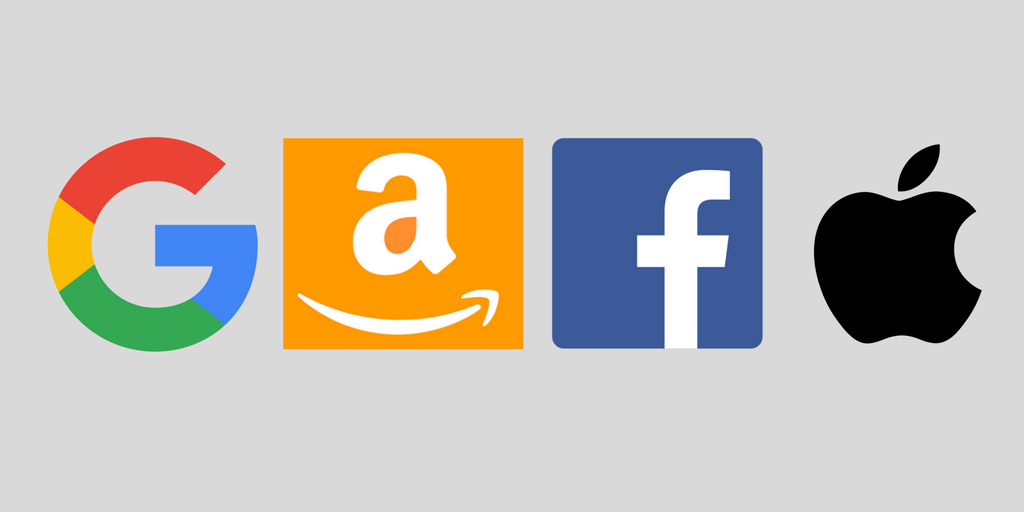Qualcomm Reveals Details Regarding Faster and More Powerful Snapdragon 888
Snapdragon, as a part of its annual Tech Summit Digital 2020 introduced its flagship 888 5G platform for mobile phones. As per reports, this chipset will serve as the benchmark for most flagship phones to hit the market next year. The new platform contains key industry-leading innovations in the fields of 5G, gaming, camera, and artificial intelligence. The Snapdragon 888 has the power to transform mobile devices into gaming rigs of exceptional quality. Additionally, the new chipset can convert phones into high-quality cameras and capable personal assistant. Let us now take an in-depth look at the new chipset and what features it will bring to the world of smartphones.
Qualcomm Snapdragon 888
The Snapdragon 888 provides advanced 5G capabilities and connectivity, which will allow it to redefine mobile experiences for users. As a result, the chipset will usher in a new dawn of console-quality gaming, enterprise mobility, and telephony. Senior VP of Mobile and Infrastructure for Qualcomm Technologies, Alex Katouzian said that this new chipset is yet another breakthrough technology. Qualcomm has a long history of providing such historic breakthroughs in the field of premium-tier mobile phones. The new chipset will allow manufacturers to differentiate their products and bring to life cutting-edge mobile technologies.
Key Features of the Snapdragon 888
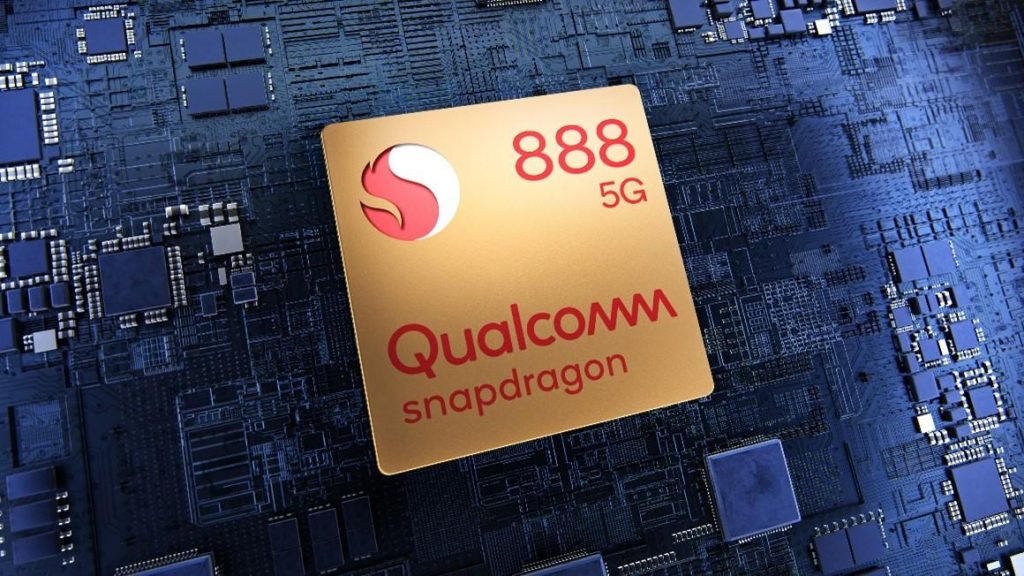
Connectivity: Features the world’s most advanced 5G platform that supports both Wi-Fi 6 and Bluetooth audio. It also features the Snapdragon 3rd Gen X60 Modem-RF System that extends support for 5G-enabled sub-6 carrier aggregation. This will help make the system capable of delivering the world’s fastest 5G speeds, up to a maximum of 7.5 Gbps. The system also enables superior coverage as it uses a Dynamic Spectrum Sharing technology. The chip also supports Global 5G multi-SIM, enabling international roaming, and allows users to manage multiple numbers on the same phone.
Additionally, the system also allows users to optimize their different monthly plans and receive the best services at the most affordable costs. The chip also supports the world’s fastest Wi-Fi 6 speeds up to 3.6 Gbps as it runs on the FastConnect 6900 Connectivity System. This feature also supports Bluetooth 5.2, the Qualcomm aptX suite, and unique modulation and coding features.
Artificial Intelligence: Snapdragon 888 has a unique 6th Gen AI Engine that features the Hexagon 780 processor. This new system provides the perfect blend of voice assistants, gaming capabilities, camera quality, and fast connectivity. The chipset also features power-efficient options and performance that is three times better than the previous generation at 26 TOPS.
The platform also makes use of the 2nd Gen Sensing Hub, integrating a low-power processor to improve activity detection, screen wake, and audio detection. Such features make use of advancements in technologies like 5G, Bluetooth, and Wi-Fi. The updated AI Engine Direct software will enable developers to run AI-powered apps on the platform.
Camera: The Snapdragon 888 features the Spectra 580 ISP, and will be the first to have a Triple Image Signal Processor. This will enable it to capture streams simultaneously from three cameras at speeds as high as 2.7 gigapixels per second. Users can use 120fps snapshots to capture HD action sequences or three 4K HDR videos. The Spectra 580 ISP also has an updated low light architecture, allowing users to take brighter photos, even in near darkness conditions. To enable image capture in more shades, the chip features a 10-bit color depth in HEIF.
Gaming: The chipset features an Elite Gaming arsenal allowing users to enjoy ultra-smooth play at high graphics, mirroring desktop capabilities. The Snapdragon 888 also brings Variable Rate Shading to mobiles for the first time, improving rendering by 30%. The Game Quick Touch function improves responsiveness by 20% and helps in lowering touch latency.
Performance: The chipset features several significant architectural advances. Manufacturing of the platform makes use of 5nm process technology, with the Kryo 680 improving CPU performance by 25%. Top frequencies lie close to a whopping 2.84GHz, and this will be the first commercial subsystem based on the Arm Cortex-X1. The Adreno 660 renders graphics 35% faster when compared to the previous generation and can sustain better performance for more extended periods.
Security: Snapdragon 888 features the following technologies to protect user data and maintain a secure ecosystem.
- Secure Processing Unit
- Trusted Execution Environment
- Wireless Edge Services
- Type-1 Hypervisor, which helps isolate data between apps
- Capture cryptographically-sealed photos
Mobile phones that make use of the Snapdragon 888 will hit the market by the first quarter of 2021. All the features listed above make it evident that the devices making use of this chipset will be miles ahead of its competitors. There will be a substantial boost in Qualcomm’s capabilities, helping our smartphones become faster, safer, and more efficient than ever before!

Being a cinephile with a love for all things outdoorsy, Athulya never misses a chance to chase inspiring stories or poke fun at things, even when the subject is herself. Currently pursuing a degree in mechanical engineering, she is someone innately interested in technical and scientific research. Music reviews and op-eds define her as they allow her to explore different perspectives. Though sometimes she thinks she makes more sense playing the guitar than she does while writing.

